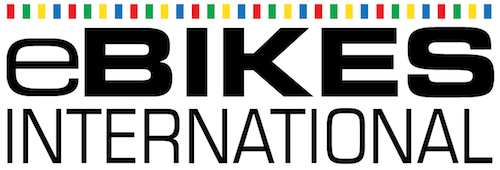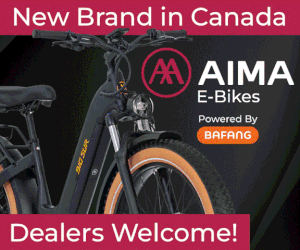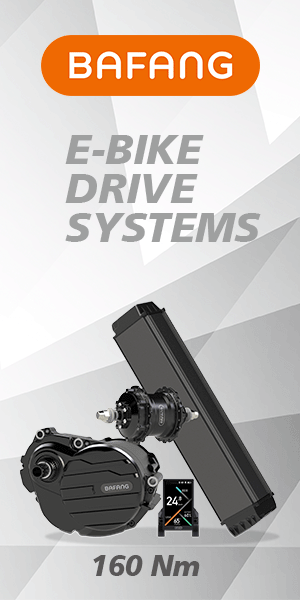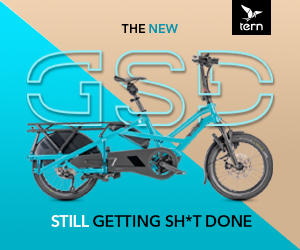• Flip Book• eNews • eBikes • eAccessories • eCities • eSystems • eAdventures • eBikeTests • eFeatures •
Interview with Larry Pizzi Chair of the eBike Subcommittee at USA’s People For Bikes
October 30, 2024 - Following the recent edition of Eurobike in Frankfurt, Germany, we caught up with Larry Pizzi, Chair of the Electric Bicycle Subcommittee at People For Bikes, and also GM of Alta Cycling Group in Seattle, WA. Pizzi has worn many hats during his career in cycling from racer to bike shop owner, and became involved with e-bikes over 20 years ago at Currie Technologies, sharing a vision to make cycling more accessible. At Eurobike, he was on the Global Insights presentation panel, as cycling continues to grow around the world, and e-bikes remain the most popular electric vehicle worldwide.
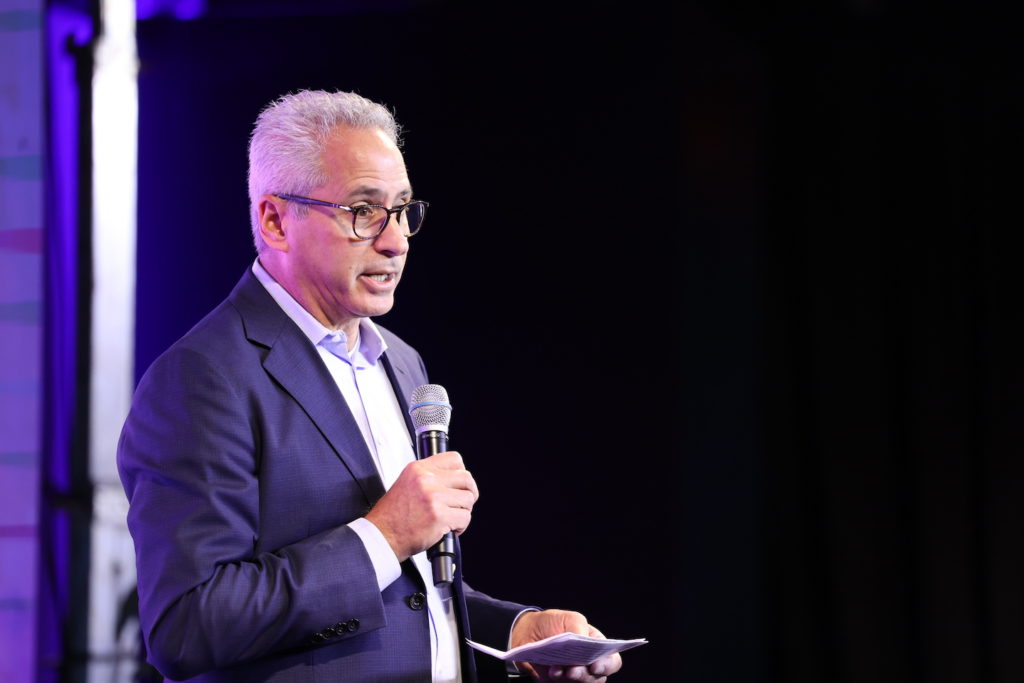
Please give us a brief history of your background in cycling and with e-bikes?
Larry Pizzi: I’ve been active in the cycling industry since my teenage years, working in bike shops in the Philadelphia, PA area to support my equipment addiction, ultimately opening three Bike Tech stores in the Philly area, selling the business after 15 years, I transitioned to the brand side with Raleigh Cycles, Mongoose, Schwinn, and GT. In 2002, I moved to Currie Technologies, an early-stage e-bike company, which, after ten years of building the business, sold to Accell Group, which shortly after that acquired Raleigh globally, and I ran their North American e-bike business until 2019. Since 2014, I have worked with the US industry association, PeopleForBikes, on legal and legislative, chairing the electric bicycle subcommittee.
Colorado and Minnesota became the first US states to offer e-bike rebates – is the USA’s E-BIKE Act attainable…?
LP: Getting the E-bike Act signed into law in the current political environment will be challenging, but we will keep trying. In the interim, States and Municipalities are likely to continue to provide incentives to encourage more Americans to substitute car trips for bike trips.
Talk about the advent of bike lanes in New York, Minneapolis, Austin, Seattle, Cambridge, Boston, Philly etc. in the USA…?
LP: New and improved, safe cycling infrastructure has begun to transform these cities to make cycling a viable transportation alternative. Americans in these densely trafficked urban centers are discovering how bikes can transform a city through safe places to ride. There is much work to do, and we have an initiative targeted at this subject. The Great Bike Infrastructure Project will advance pro-bike policy and thousands of infrastructure projects across the U.S.
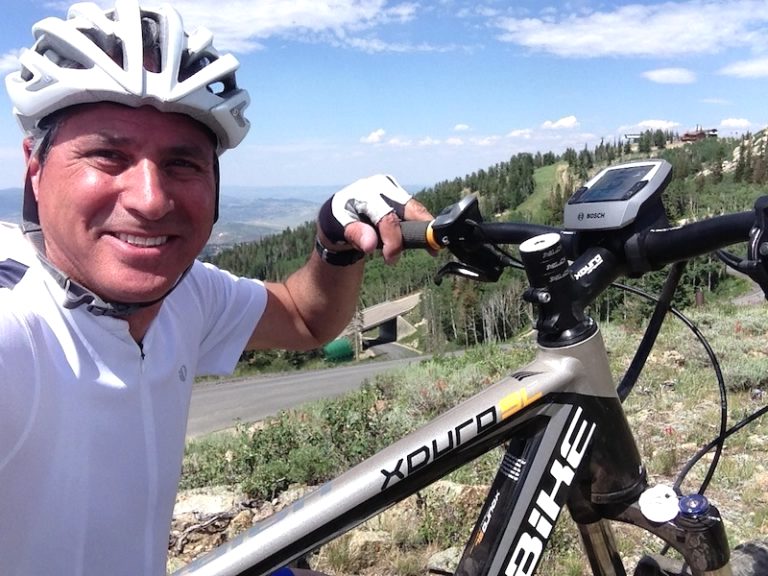
Safety with batteries is an issue and the Lithium-Ion Battery Safety Bill passed unanimously with bipartisan support last Dec. – your comments?
LP: This is encouraging to see it finally begin to unfold. Battery safety is not that complicated, and premium e-bikes have consistently prioritized safety testing and certification to global standards. However, safety requirements at the federal level and trade policies have left the door open to low-quality, untested, and uncertified products entering the market. I am encouraged to see the progress we are making with the US CPSC (Consumer Product Safety Commission), which will ultimately result in updated rules that govern imports.
New York City DOT’s recent approval of guidelines for commercial e-cargo bikes is a major step forward… has the dam burst as some hope?
LP: It’s starting. There are ongoing discussions about size, weight, number of wheels, and what infrastructure commercial cargo bikes can use. Still, I see this as the beginning of a landmark change from a congestion and environmental perspective.
eMTBs are a fast growing sector as well… what’s your take on their progress?
LP: Trail access is still restricted in many places, but this is beginning to change as people realize that a proper Class-1 eMTB has no significant difference on social or environmental impacts. What I love about eMTBs is how they level the playing field and make mountain biking accessible to many more riders so that families and friends with varying athletic abilities can all participate and have a great time discovering the joys of riding.
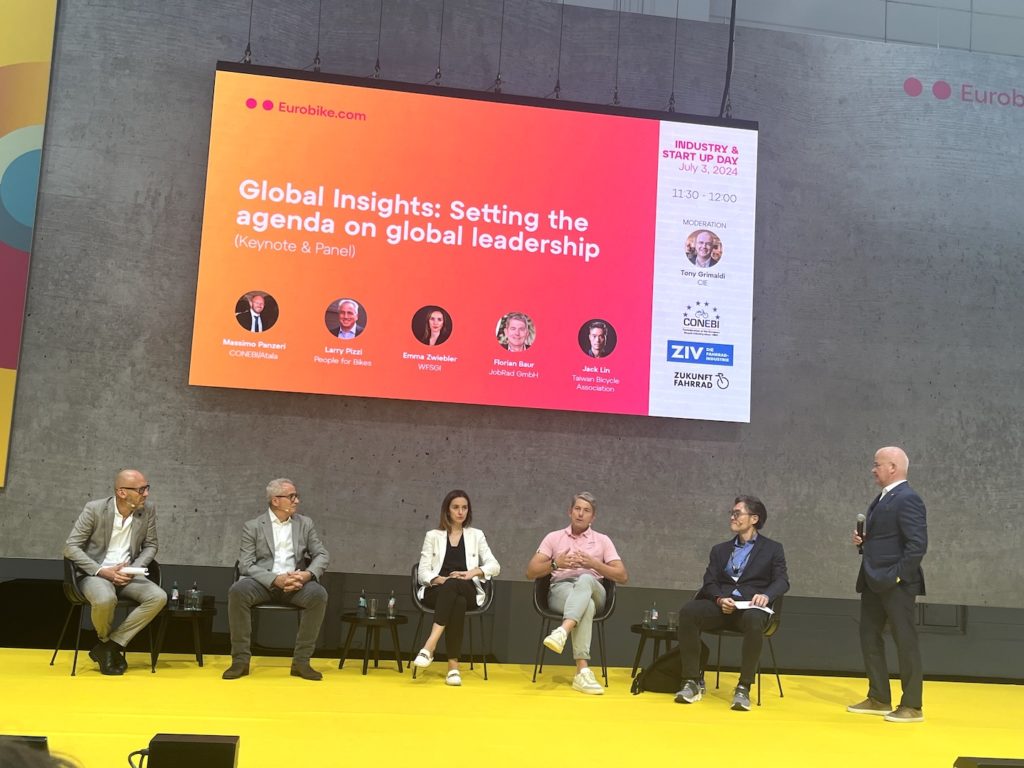
You recently returned from Eurobike 2024 in Frankfurt – any take-aways and hopes for North America…?
LP: I have always enjoyed traveling to Germany and the Netherlands. Observing the cycling culture and public policy on growing cycling participation in most EU markets has always inspired me to envision the possibilities for NA. Aside from that, I enjoyed seeing the vast number of innovations in personal and commercial e-cargo bikes and vehicles and the developments with e-bike drive systems. There are some amazing products in the pipeline.
What are the key challenges that cycling/e-bikes face in the USA to become more mainstream…?
LP: Cycling is on a path to becoming more mainstream in the US. It’s all about building improved infrastructure that creates a safe place for Americans to ride and connects riders so they can get where they want to go efficiently.
Anything you’d like to add…?
LP: While the cycling industry continues to work through residual challenges brought on by the pandemic supply chain, the future for cycling is brighter than it’s ever been. As more North Americans choose bikes over cars and discover the joys of riding for transportation, sport, fitness, or recreation, bikes change people’s lives for the better, and I am consistently reminded how lucky I am to work in such a great industry.
Read more about People for Bikes here.

